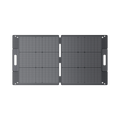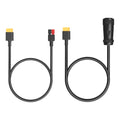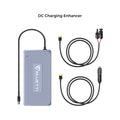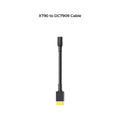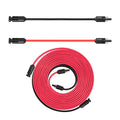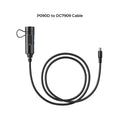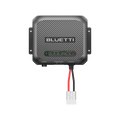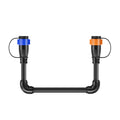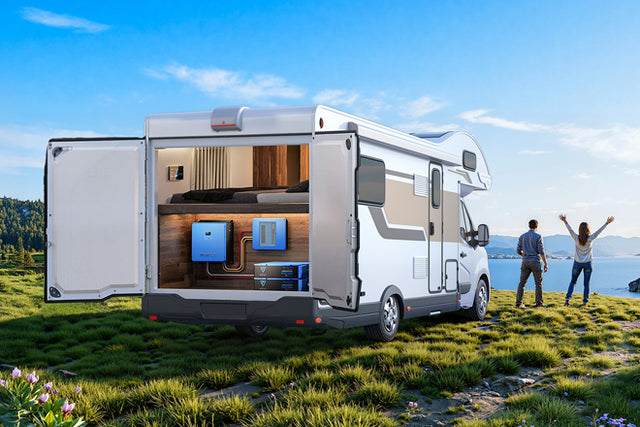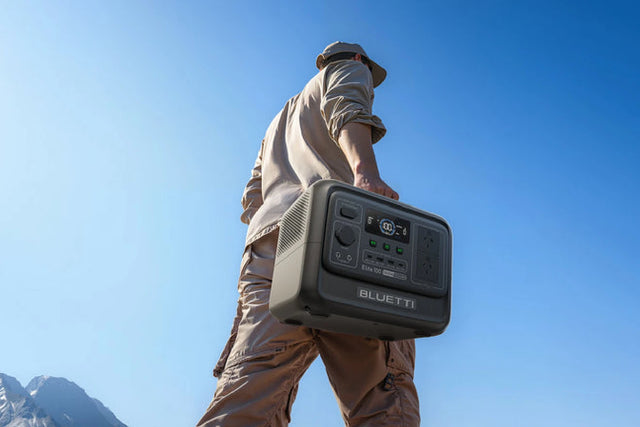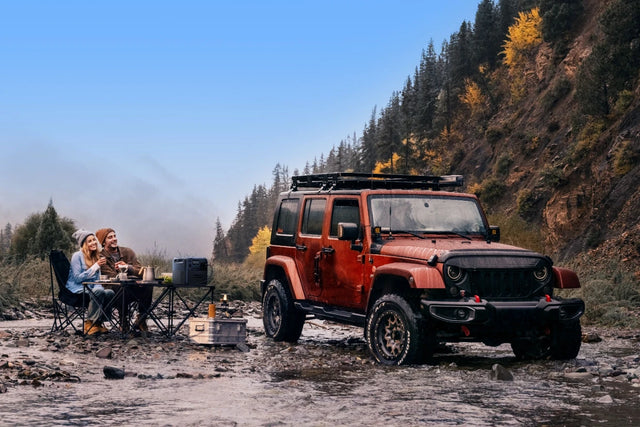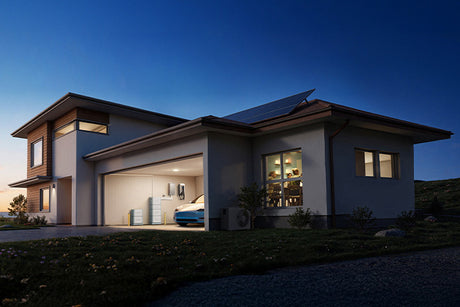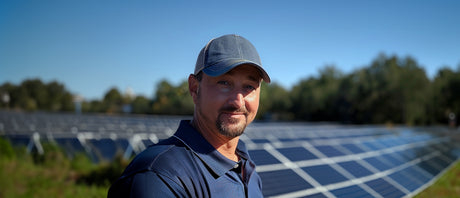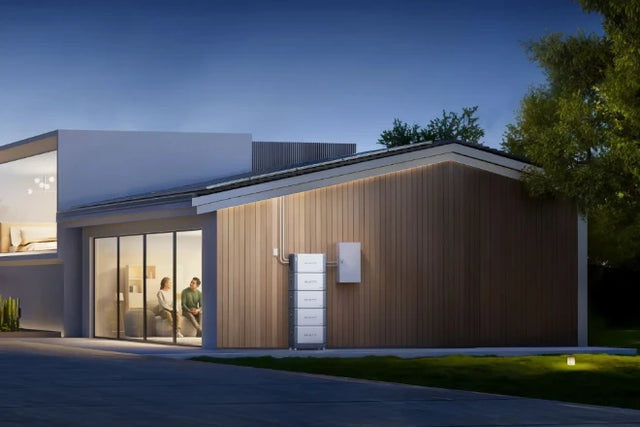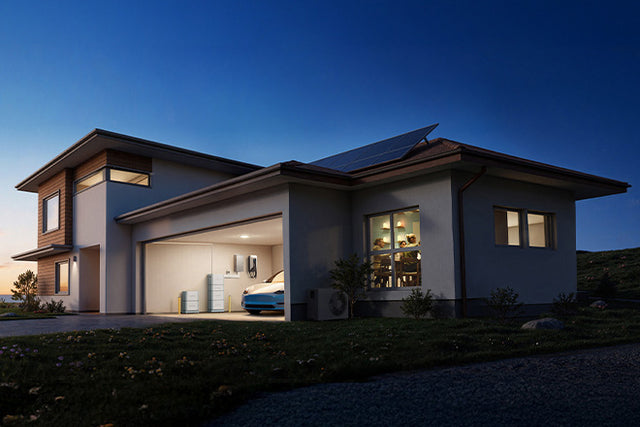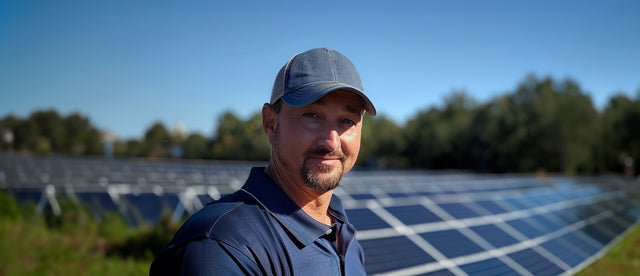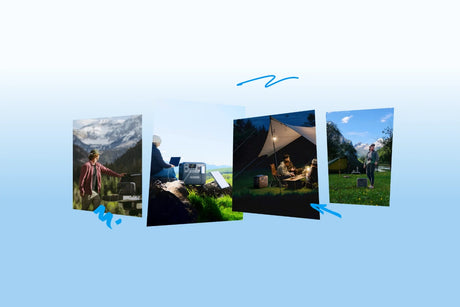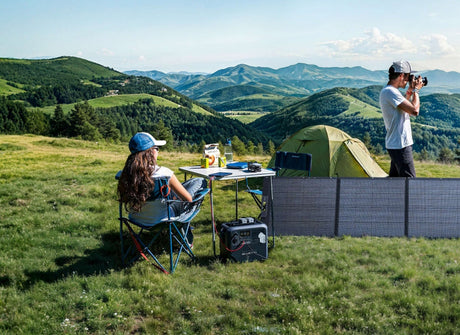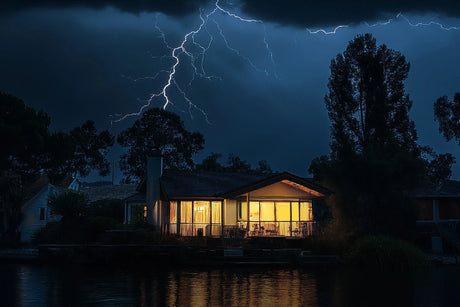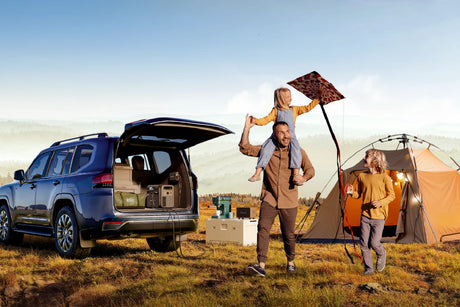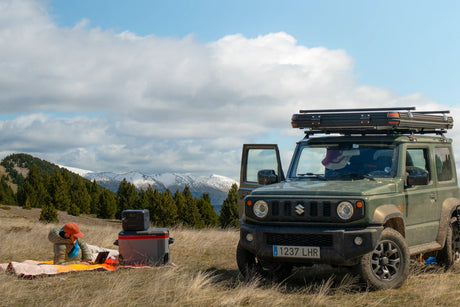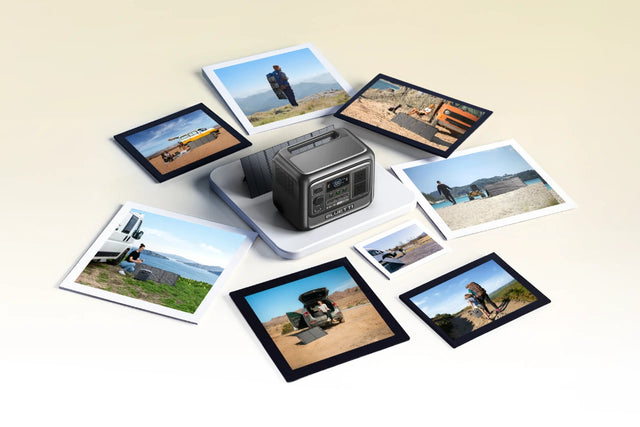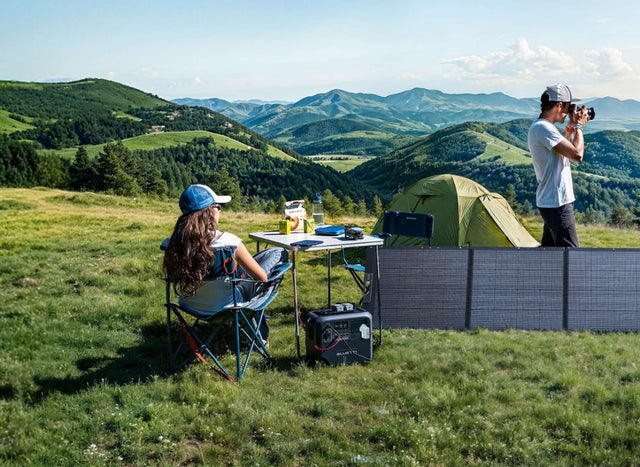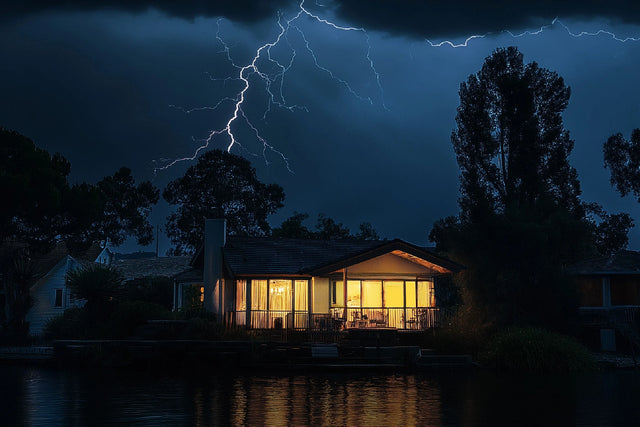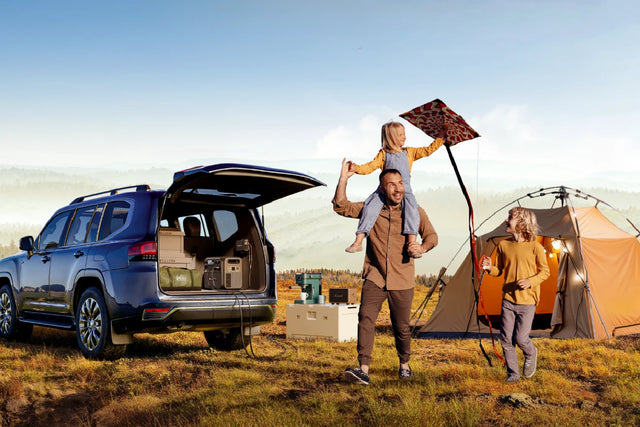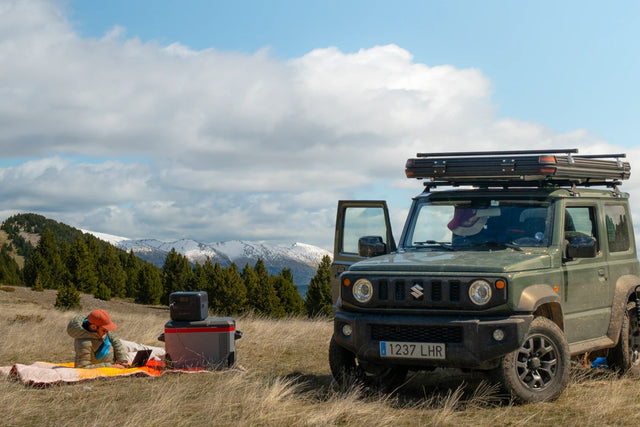If something was touching, instructive, and enlightening about Australia, Garma would be it. It represents the largest gathering in Australia where Indigenous cultures come together, across the red-earth expanse of northeast Arnhem Land. More than a mere celebration, it is a weaver of stories, dance, art, and ideas where all are invited to learn and listen to Yolngu culture. So whether you're coming for the very first time or the umpteenth time, this guide was created to help you make the most out of Garma 2025.
When Is Garma Happening?
Garma 2025 will be held from August 1st to 4th, coinciding with the extended Picnic Day long weekend in the Northern Territory.
It will be a great travel experience and allow people the full experience of the event, without being rushed.
Where Is It Held?
Gulkula is one of the most beautiful bush places and lies about some 40 kilometers north-east of Nhulunbuy town in northeast Arnhem Land. It's Yolngu Country. Critical to the People of Garma every year. The Arafura Sea occupies a spectacular panorama in the Gulkula region, defined by stringybarks, red earth, and steep escarpments. No hotels, no shops; no noises of urbanity: just an open stretch, ochre earth, and deep cultural presence.
What’s The Importance of the Event?
Garma shall be far more than a festival. Garma is the place of ceremony, of community, and of learning. Yolngu from North-East Arnhem Land converge with other Aboriginal and Torres Strait Islander people from every corner of Australia, world-famous artists and musicians, politicians and policy-makers, students, and everyday people. The year 2025 is significant since it will be the twenty-fifth anniversary of Garma. This anniversary takes on further relevance as a milestone for the festival itself, but it also highlights and celebrates the long journeys of Indigenous-led gatherings through the national conversations.

What Makes Garma So Special
The strongest element of Garma is the Bunggul, a ceremonial dance by Yolngu clans. Not performance according to normal sense, but a sacred expression of ancestral stories handed down from generation to generation. Most powerful experience created by the rhythm of the clapsticks, the drone of the yidaki, and the movement of dancers on that red earth. It is not modernly choreographed; neither was it done by hand. Each and every step, each beat, and every piece of cloth carries its purpose. Each clan is individually hosting Bunggul, and in this program, for three to four days, young dancers will usually accompany an elder in the ceremony to showcase how culture translates from one generation to the next.
Manikay and Miny'tji: Song and Art
Manikay (songlines) is one of the oldest music traditions in the world, and one of the Garma strings. These are sacred songs of the old ancestors speaking about sacred sites, totems, kinship, and law. You must feel it, even if you do not understand it.

Creating really beautiful artworks by traditional methods: natural ochres, cross-hatching techniques, and images linked to specific moieties and clan responsibilities, not decoration here, but law, ceremony, memory. Workshops give the opportunity to learn from Yolngu artists. You could bark for painting, print making, or learn how to stretch and prepare the bark for canvas.
Gapan Gallery
One of the Garma signature experiences is the Gapan Gallery. This is an open-air art exhibition set among the trees, where works by leading Yolngu artists and regional art centres are displayed on strings between the trunks. Walking through Gapan at dusk, filtered sunlight beams through bark paintings and carved poles, an experience like no other. This is also the space to have art bought directly from the artists or their centres, and so support local economies. More hides are likely to feature Yolngu elders and art coordinators under that gallery, happy to explain the symbolism of the art, or behind a particular painting.
What Is the Key Forum?
During the daytime, Garma transforms into a site of serious debate, or public discussion, through the Key Forum. Here, policy meets culture in topics that are timely and relevant to Indigenous education, health, economic development, voice, treaty, and truth. What distinguishes the Key Forum from all other events is that the Indigenous voices are the ones leading the conversation. Coming not to take the podium but to listen, the politicians and media are. The audience: teachers, lawyers, youth leaders, international guests. The atmosphere is one of shared learning. Some very strong voices will be heard here, such as Former Prime Ministers and UN representatives and activists, but many times it is the quiet personal stories that resonate with you.
Buying Your Ticket
So after learning about what Garma is and all about the sacredness of it. Your next question most probably is where to buy tickets. So now let’s move to it:
When to Buy Tickets
Tickets usually go on sale for Garma by the end of February, but the event is so small that tickets do not last for long. Sign up for an email alert so you will be among the first to know when sales open.

What Are the Costs?
On average, the adult four-day pass costs from A$1,300 to A$1,600. This depends on accommodation choices and advance booking. The package includes:
- Access to all performances, workshops, art exhibitions, and sessions of the Key Forums
- Meals, three per day, freshly prepared on-site;
- Access to camping if one opts for the camping package; and
- Discounted fares are available for kids, students, and concession holders.
Cancellation or Transfers?
Tickets are non-refundable but can be transferred through the official booking system should there be any change in your plans and you are unable to attend. This is a useful option, especially if you book early while still confirming your travel arrangements.
Garma Days Activities
Next comes the fun part. A day-by-day checklist is provided to maximize your enjoyment of the festival:
Day One: Welcome Ceremony on Friday, August 1
Check in until 15:00: set up camp or check into your lodge. Until then, use the opportunity to stretch your legs and explore the site, possibly making some introductions. The sunset ceremony, Opening Bunggul, is a critical ceremony that all should attend. The sunset ceremony itself sets the atmosphere for the entire weekend: respectful, soft, emotional, and above all, concerning Yolngu law. You will feel this if it is your first time here. The nights will be filled with music and storytelling circles, a soft and profound introduction to Yolngu culture.

Day 2: Culture and Conversations on Saturday, August 2
Check out the Key Forum to start the day. Grab some coffee and find your seat for sessions and panels on Indigenous issues that hardly qualify as dry lectures; they are conversations from people truly living those realities. In the afternoon, walk over to the activity area and join in weaving, carving, painting, bush medicine, or a language session in Yolngu Matha, the local tongue. Nighttime is filled with live music from Yolngu and visiting performers. It's casual, communal, and joyful; everybody is sitting on the red earth, barefoot, laughing and singing.
Day 3: Sunday, August 3 Learning on Country
It's a deep day again for Sunday. Go on a Learning on Country, a bush walk with Yolngu rangers about land management, fire, seasonal foods, and how Indigenous knowledge works in practice. Food chains are ever so popular: what grows when, what to hunt, and somehow you never look at the bush the same way again. And, if you haven't made it by now, make sure you stop by Gapan Gallery to meet some artists and talk about what their works are saying. Everyone sits and eats together, and trust us, this is one of the best things about the festival. So sit next to somebody you haven't known for a while, and you will hear some incredible stories.

Day 4: Youth and Farewell Monday, August 4
This day is dedicated to proceeds to the establishment of youth leadership. The Youth Forum will consist of speeches, performances, and proposals from the next generation of Indigenous leaders. Some of these young people are artists, scientists, community workers, and students; their ideas are sharp. They will discuss climate change, identity, digital access, and future language. Farewell, Bunggul starts under the last sunset as both beautiful and filled with emotion, linking together all the threads once more. So ends a gentle farewell to Gulkula.
What to Bring and How to Prepare
This is your checklist for the must-bring items for the festival:
Wear On and Comfort
The Garma takes place under dry weather on hot days and cool nights. Moreover, parking areas are pretty remote and rustic; hence, comfort and practicality become prime. So take along:
- Cool, light clothes for the daytime and a warm jumper or jacket for nights.
- Closed-toed shoes or sturdy sandals for taxing walks on uneven terrain.
Essentials
Very important items include:
- Wide-brimmed hat, sunscreen SPF 50+, good sunglasses
- Repellent against mosquitoes and sandflies
- Reusable water bottle to stay hydrated; there will be refill stations
Camping Stuff
A head torch or headlamp for moving around at night, a foldable chair, and a mat will be useful during ceremonies and performances. Alternatively, consider taking along a portable power station. BLUETTI Apex 300 would be a good fit. Small, very quiet, and able to charge lights, a fan, and a phone, or maybe even run a small fridge to make your experience super comfy without the annoyance of generator noise. A tarp or shade cloth would be helpful to create your cool spot on those hotter afternoons.

How To Get There And Where To Stay
Here are a couple of travel tips to help:
Flights and Road Access
You will fly into Gove Airport (Nhulunbuy) with QantasLink, which operates limited flights from Darwin and Cairns. It's about 40 kilometers to Gulkula from Nhulunbuy. We suggest 4WD due to the awful condition of the road. Shuttle services may be arranged for the festival, but pre-booking might be necessary.
Accommodation Options
The few options available should be well planned. Most passes give you the chance to camp on-site in pretty basic conditions: shared toilets, showers, and plenty of socializing. Very few lodges and motels are in Nhulunbuy, and most are booked months in advance. Comfortable accommodation is an option, but it would mean commuting to and from the site daily. From time to time, there will be homestays or short-term rentals. Make sure to get everything in writing once contacted, and keep in mind that the infrastructure may still be basic.
Helpful Tips for First-Time Visitors
Some tips you should try to heed in the event of being a first-time visitor:
Cultural Respect
Garma occurs on sacred Yolngu country, and it is important to respect this space. Always ask before taking pictures of people or in rituals. Portions of the Garma ARE NOT FOR filming or public domain sharing. Sit quietly when speeches and ceremonies are being conducted while paying utmost attention and listening. Garma will be dry, meaning no alcohol anywhere on-site, including under shelters and in vehicles. Come to it with an open mind, and just drop the beer and cooler.
Be Present
Mobile reception is almost non-existent, and the Internet is awful. Forget about streaming, strolling, or zooming. Presents this way. This is your shot. Just listen. Breathe. Talk to a stranger. Stargaze. Let the land speak to you. And even speak.
Why Garma Will Stay in Your Memory
Garma is more than a festival. It is a deep, moving invitation to see and respect Yolngu culture in action. Ceremony, conversation, and art that push and inspire you through it. Your presence with stories and the people who will be a part of it will be too great to ignore, even a long time after the last Bunggul. This would be a space where you could slow down even more, listen, and touch not only other people but something much older and much wiser than most of us would care to know. With an open heart, Garma will give you something exquisite. Do not let this unique chance of being part of it slide.


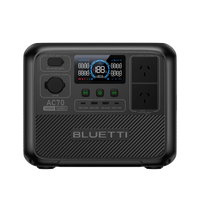
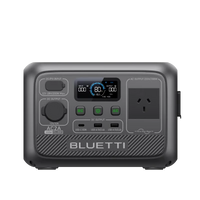
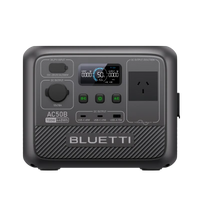

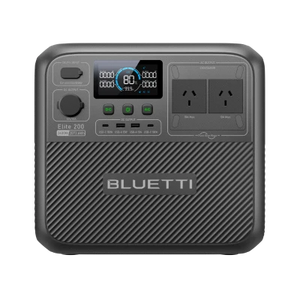
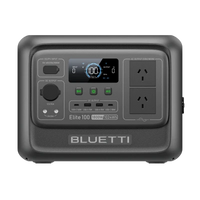
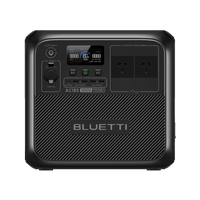
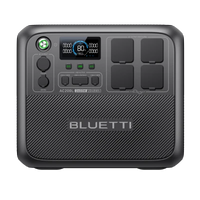

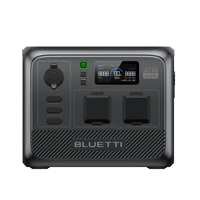
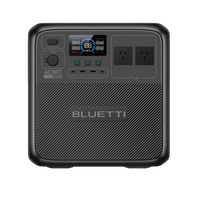


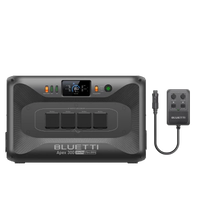


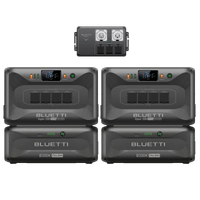

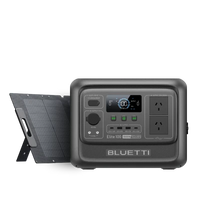
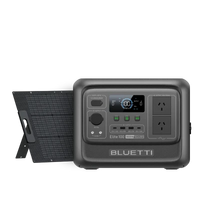
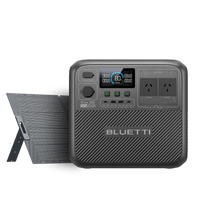

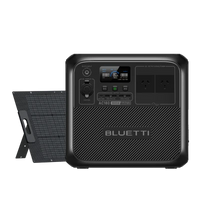






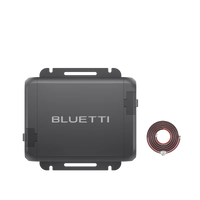
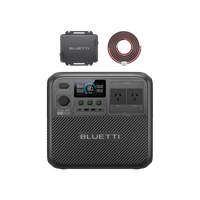

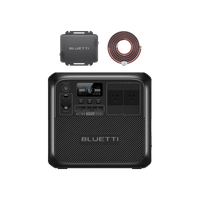
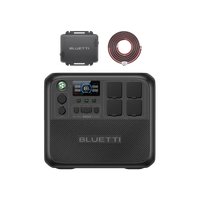
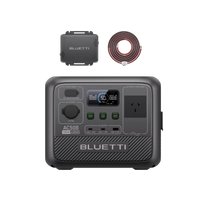
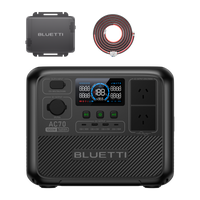


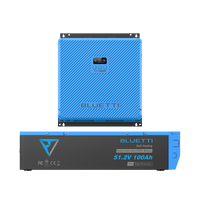
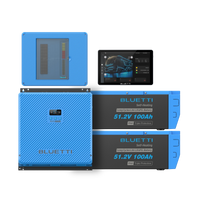
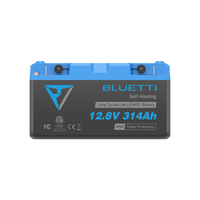
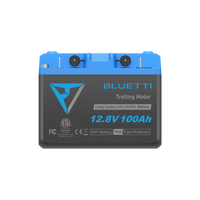

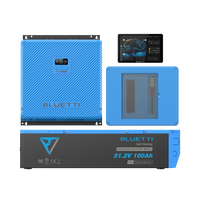



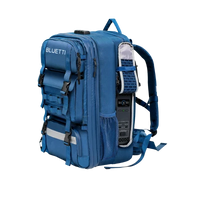
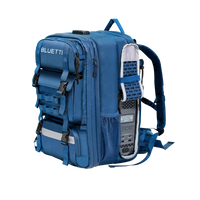









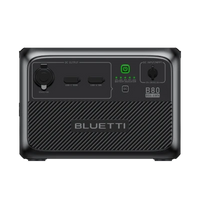


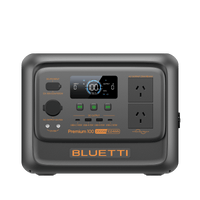
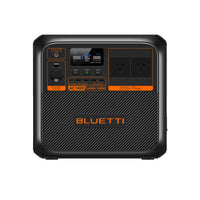

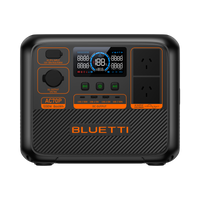


![[Phased Out] BLUETTI B80P Expansion Battery | 806Wh](http://www.bluettipower.com.au/cdn/shop/files/202310025B80P_2000-2000px_4_4caa0c1c-4dab-4272-9e9b-2b7507e5bd81.jpg?v=1713777870&width=200)
![[Phased Out] BLUETTI B210P Expansion Battery | 2,150Wh](http://www.bluettipower.com.au/cdn/shop/files/2_08cf9ef3-03a4-4489-b641-d3edb8094896.webp?v=1716016566&width=200)
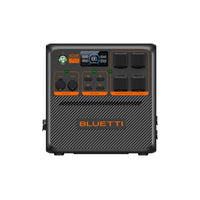
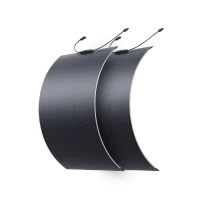




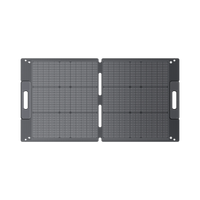

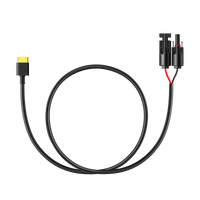
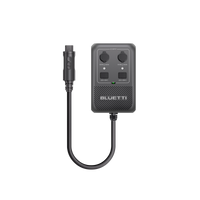

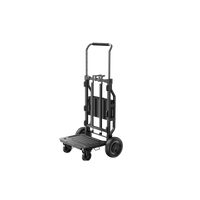



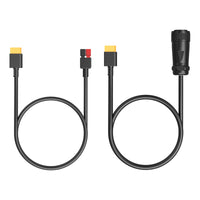

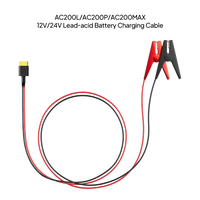
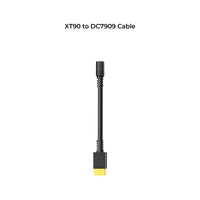
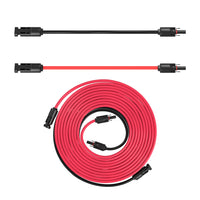
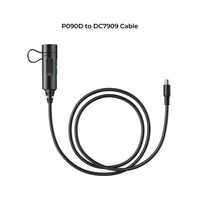
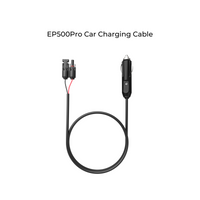
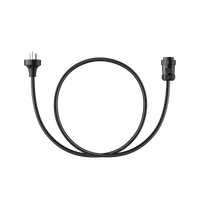
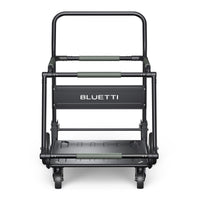
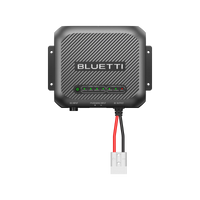





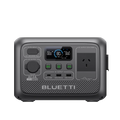
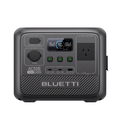


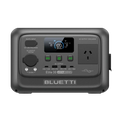

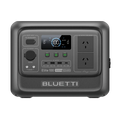
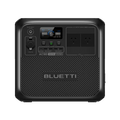
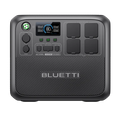
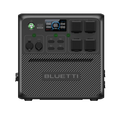
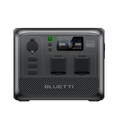
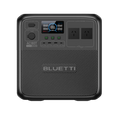






























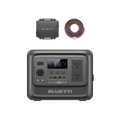















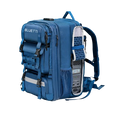



















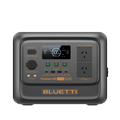
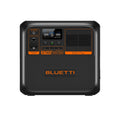

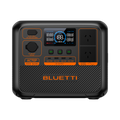

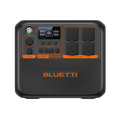
![[Phased Out] BLUETTI B80P Expansion Battery | 806Wh](http://www.bluettipower.com.au/cdn/shop/files/202310025B80P_2000-2000px_4_4caa0c1c-4dab-4272-9e9b-2b7507e5bd81.jpg?v=1713777870&width=120)
![[Phased Out] BLUETTI B210P Expansion Battery | 2,150Wh](http://www.bluettipower.com.au/cdn/shop/files/2_08cf9ef3-03a4-4489-b641-d3edb8094896.webp?v=1716016566&width=120)








